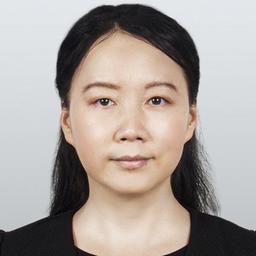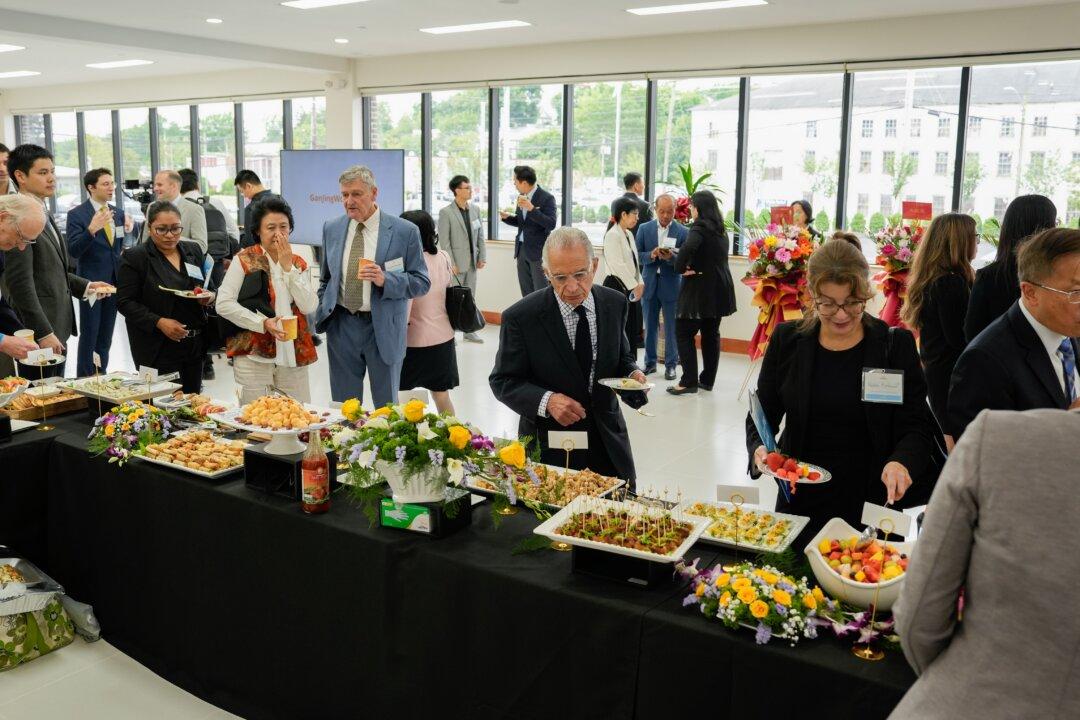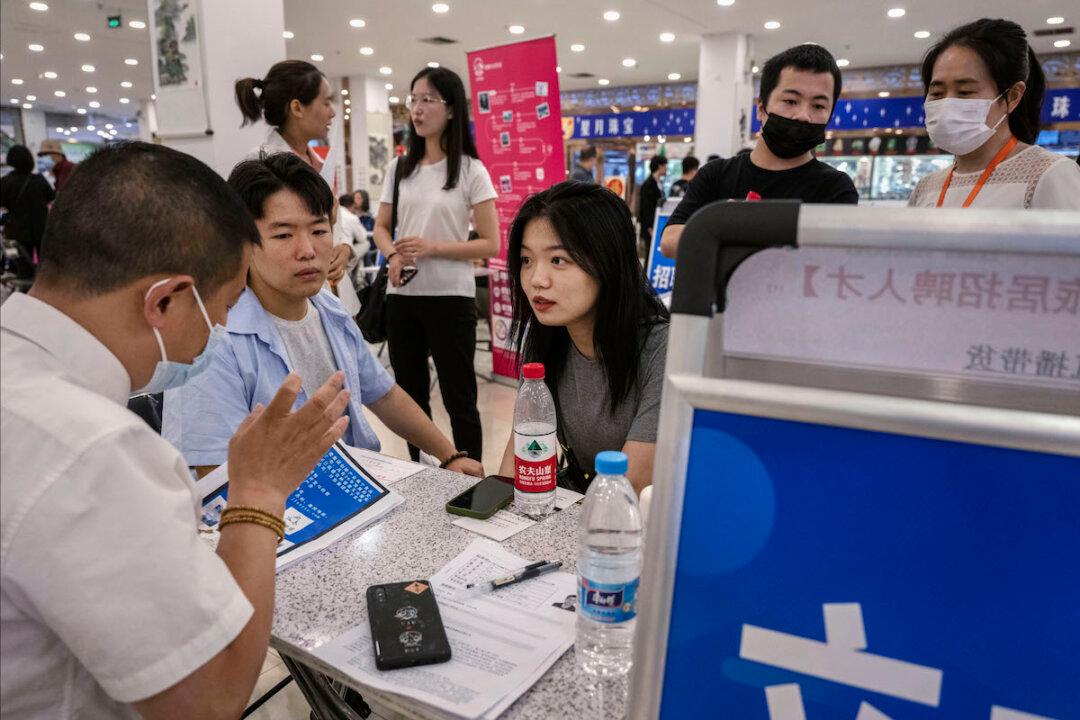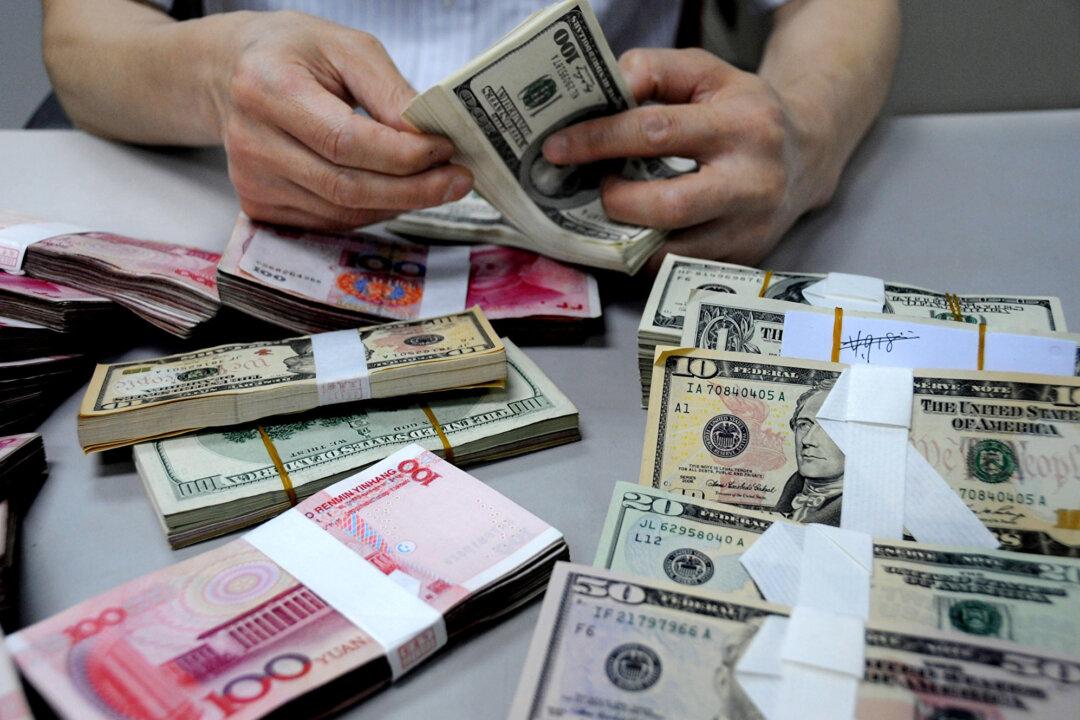News Analysis
Following the U.S. chip ban on China last October, South Korea, a member of the U.S.-led Chip 4 Alliance, has not followed Washington’s strategy as explicitly as other alliance members, Japan and Taiwan, as it appears to have been trying to strike a balance between the United States and China.






